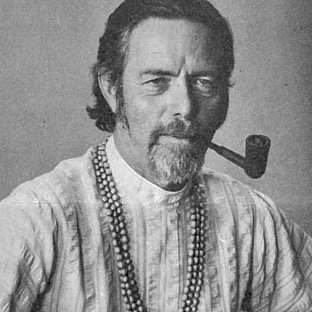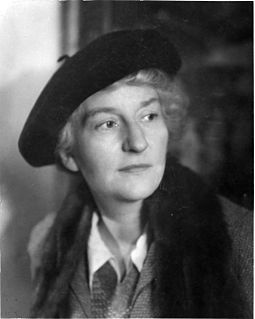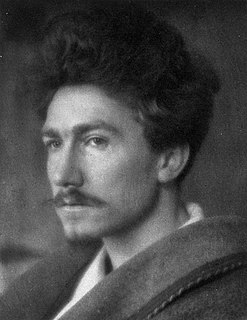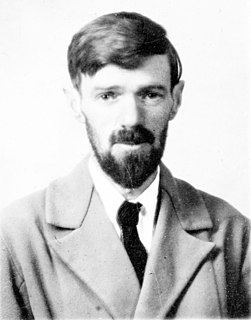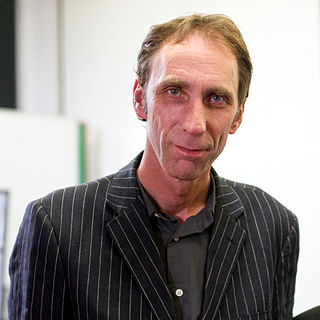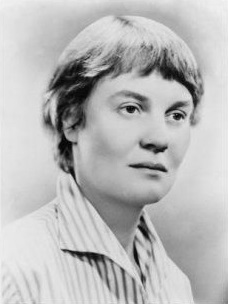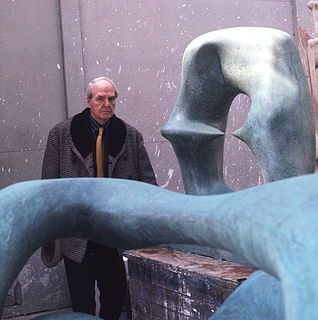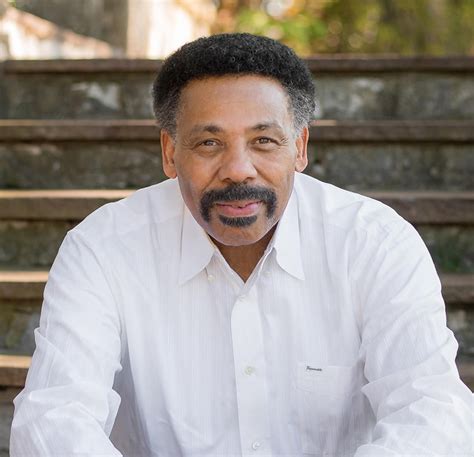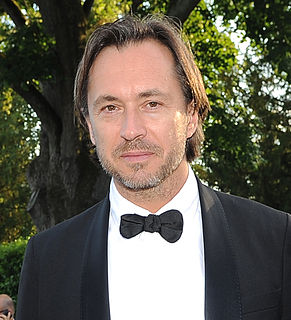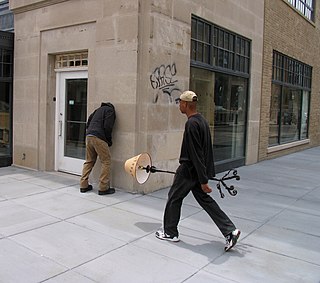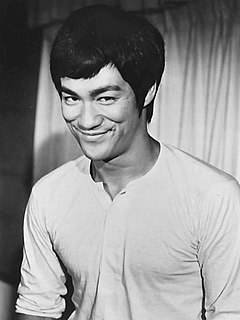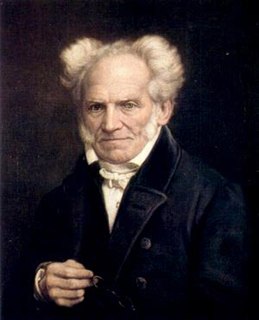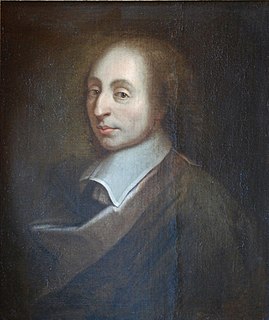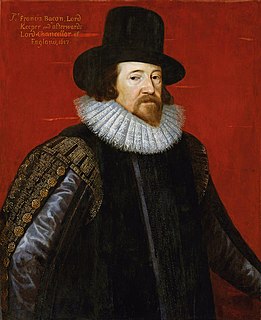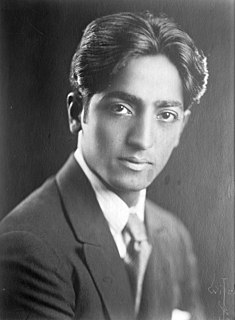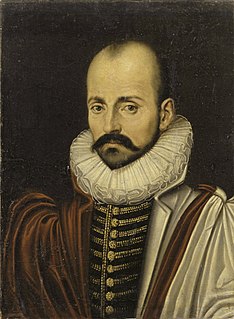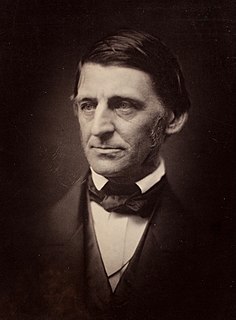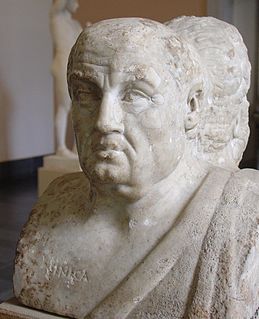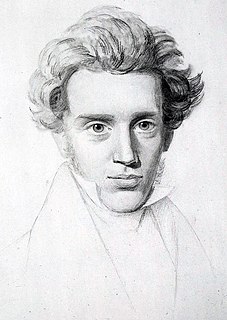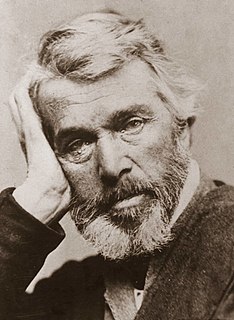A Quote by Alan Watts
The truth is revealed by removing things that stand in its light, an art not unlike sculpture, in which the artist creates, not by building, but by hacking away.
Related Quotes
After painting comes Sculpture, a very noble art, but one that does not in the execution require the same supreme ingenuity as the art of painting, since in two most important and difficult particulars, in foreshortening and in light and shade, for which the painter has to invent a process, sculpture is helped by nature. Moreover, Sculpture does not imitate color which the painter takes pains to attune so that the shadows accompany the lights.
Sculpture is a parable in three dimensions, a symbol of a spiritual experience, and a means of conveying truth by concentrating its essence into visible form. ... It must be the reflection of the artist who creates it and of the era in which he lives, not an echo or a memory of other days and other ways.
Cinema is a kind of pan-art. It can use, incorporate, engulf virtually any other art: the novel, poetry, theater, painting, sculpture, dance, music, architecture. Unlike opera, which is a (virtually) frozen art form, the cinema is and has been a fruitfully conservative medium of ideas and styles of emotions.
I try to explain the difference to a client between cleaning and restoration.Cleaning is simply removing some light to moderate soils. Restoration is removing those hardened deposits and stains that require heavier cleaners and much more time. Or on a building that has just been built or renovated it's removing all the construction debris. Setting expectations can go a long way to having and keeping satisfied customers.
Photography is unlike any other art form. In the other arts there is always a continuous interplay between the artist and his art. He has the painting or sculpture before him. What we have tried to do is to provide a medium for "artistic expression" to anyone with only a reasonable amount of time. By giving him a camera system with which he need only control his selection of focus, composition and lighting, we free him to select the moment and to criticize immediately what he has done. We enable him to see what else he wants to do on the basis of what he has just learned.
Greek architecture taught me that the column is where the light is not, and the space between is where the light is. It is a matter of no-light, light, no-light, light. A column and a column brings light between them. To make a column which grows out of the wall and which makes its own rhythm of no-light, light, no-light, light: that is the marvel of the artist.
